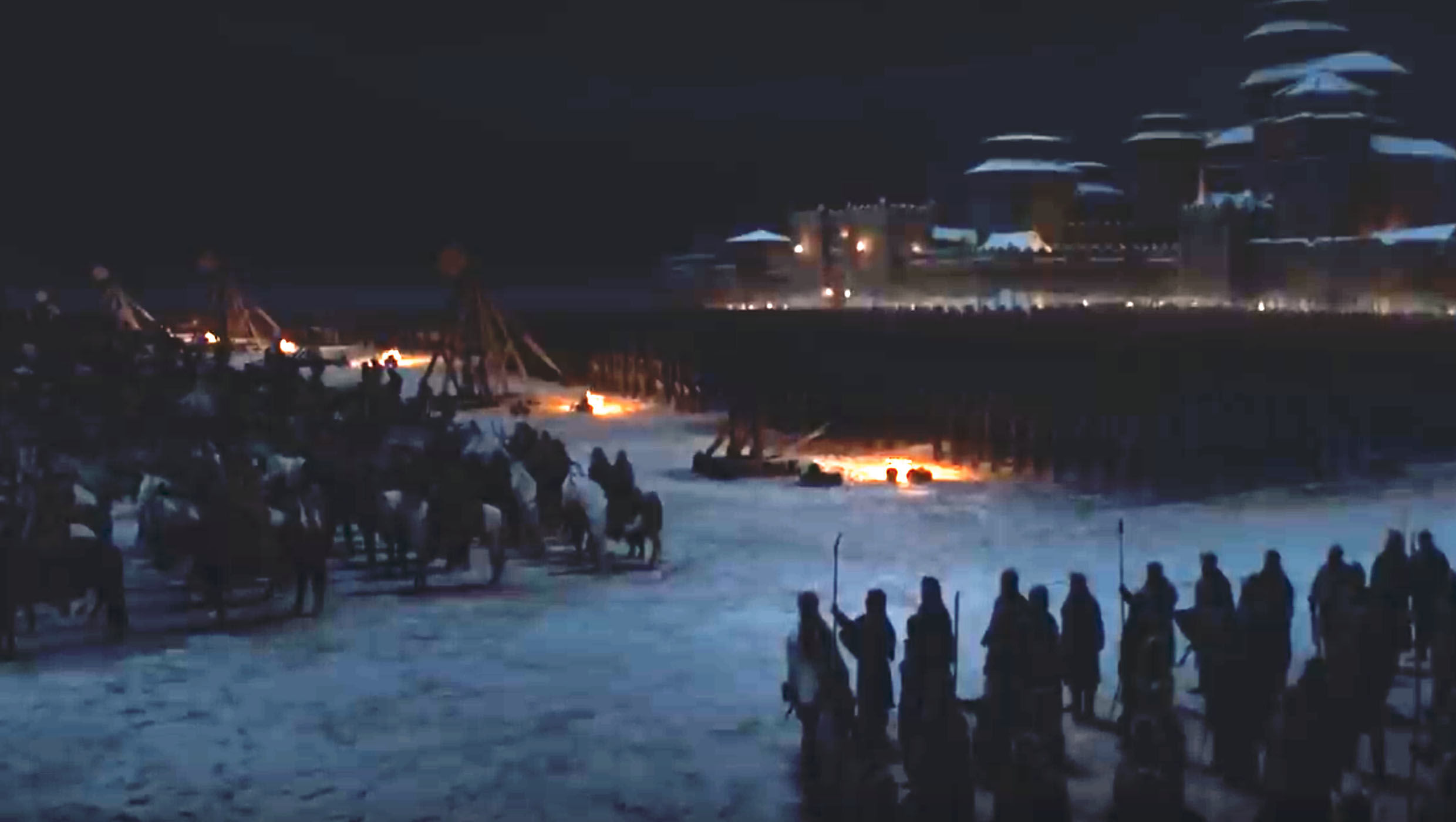Create a free profile to get unlimited access to exclusive videos, sweepstakes, and more!
'Blood snow' looks like it survived a Game of Thrones battle, but it’s weirder than that

This blood-spattered snowy landscape may look like the aftermath of the Battle of Winterfell on Game of Thrones, but what it actually is has a much less artificial explanation than ice zombies and fake blood.
What researchers would rather call “watermelon snow” or “raspberry snow” (which is actually rumored to taste sort of sweet) is the result of Chlamydomonas nivalis algae blooming toward the end of a winter with unprecedented high temperatures. Ukraine’s Ministry of Education and Science recently posted shocking—at least for those of us who don’t know about the phenomenon—photos on Facebook showing the bloody-looking ice around their Vernadsky Research Base off the coast of Antarctica.
“Snow blooms contribute to climate change,” the Ministry posted. “Because of the red-crimson color, the snow reflects less sunlight and melts faster. As a consequence, it produces more and more bright algae.”
Albedo, or the level at which something reflects sunlight, that plummets is problematic when it comes to glacier melt. This algae’s red color absorbs sunlight rather than reflects it. Sunlight bouncing off snow or ice obviously isn’t going to penetrate and melt it. Enter this supernatural-looking algae that works against albedo.
C. nivalis is actually green algae that remains dormant in the cold and turns red as temperatures rise. Heat trapped by the algae transfers to the snow, which continues to melt and create an ideal environment for even more algae to bloom. It doesn’t help that the carotenoids in this algae, the same pigment that makes pumpkins orange, not only absorb heat but also protect the algae from UV light. It produces more blood-red pigment as it absorbs sunlight. Snow just keeps melting faster. It’s a vicious cycle that might be great for the algae, but for our already-endangered glaciers and permafrost, not so much.
This is just one of the weird phenomena going on because of climate change. Bioluminescent "blue tears" of algae are lighting up the coast of China, hurricanes are growing more vicious, and there could even be an insect apocalypse that could have much worse effects than just obliterating mosquitoes.
The Battle of Winterfell might be fiction, but climate change is one battle we’re seriously going to have to fight.
(via Smithsonian Magazine)














